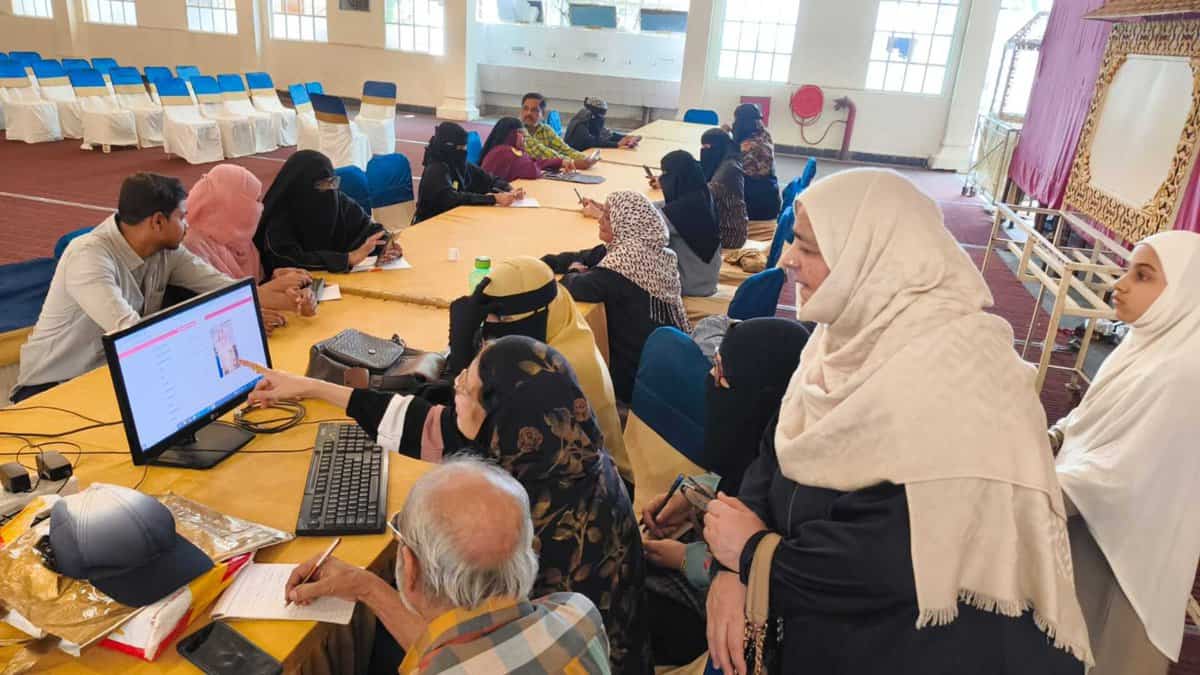Meanwhile, Singh announced that the government has increased funding for India’s human spaceflight mission, Gaganyaan, to Rs. 20,193 crore.
The Indian Space Research Organisation (ISRO) has made a remarkable impact on the global space industry. Whether it’s launching satellites or making new space discoveries, ISRO has become the go-to agency for many countries. Even the United States has used ISRO’s rockets to send several of its satellites into space. This has significantly boosted India’s revenue, bringing in billions of rupees.
According to Jitendra Singh, the Minister of State for Science and Technology, ISRO has earned USD 439 million (over Rs 1,243 crore) in revenue from launching foreign satellites over the past 10 years. While speaking in the Lok Sabha, he shared that between January 2015 and December 2024, ISRO successfully launched 393 foreign satellites and 3 Indian customer satellites using its PSLV, LVM3, and SSLV rockets on a commercial basis.
Out of the 393 foreign satellites launched by ISRO, 232 belong to the United States, making it the largest contributor. Other countries include the United Kingdom with 83 satellites, Singapore with 19, Canada with 8, South Korea with 5, Luxembourg and Italy with 4 each, and Germany and Belgium with 3 each. Additionally, France, Finland, Switzerland, Netherlands, Japan, Israel, and Spain each have 2 satellites launched by ISRO. Meanwhile, Australia, the UAE, and Austria have sent 1 satellite each through ISRO’s rockets.
In Parliament, Jitendra Singh revealed that ISRO is collaborating with 61 countries and five international organizations on space projects. The partnerships cover areas such as satellite remote sensing, satellite navigation, satellite communication, space science, planetary exploration, and capacity building.
ISRO has also partnered with NASA for a joint satellite mission called NISAR (NASA-ISRO Synthetic Aperture Radar), which is currently in its advanced stages. Additionally, ISRO is working with France’s CNES (French National Space Agency) on a joint satellite mission named TRISHNA (Thermal Infrared Imaging Satellite for High-Resolution Natural Resource Assessment), which is still in the early stages. Moreover, ISRO and JAXA (Japan Aerospace Exploration Agency) have conducted a practical study for a Lunar Polar Exploration Mission.
Meanwhile, Singh announced that the government has increased funding for India’s human spaceflight mission, Gaganyaan, to Rs. 20,193 crore. The program plans to carry out two crewed spaceflights by 2028. In total, the mission will include eight flights—two with crew and six without.

















































